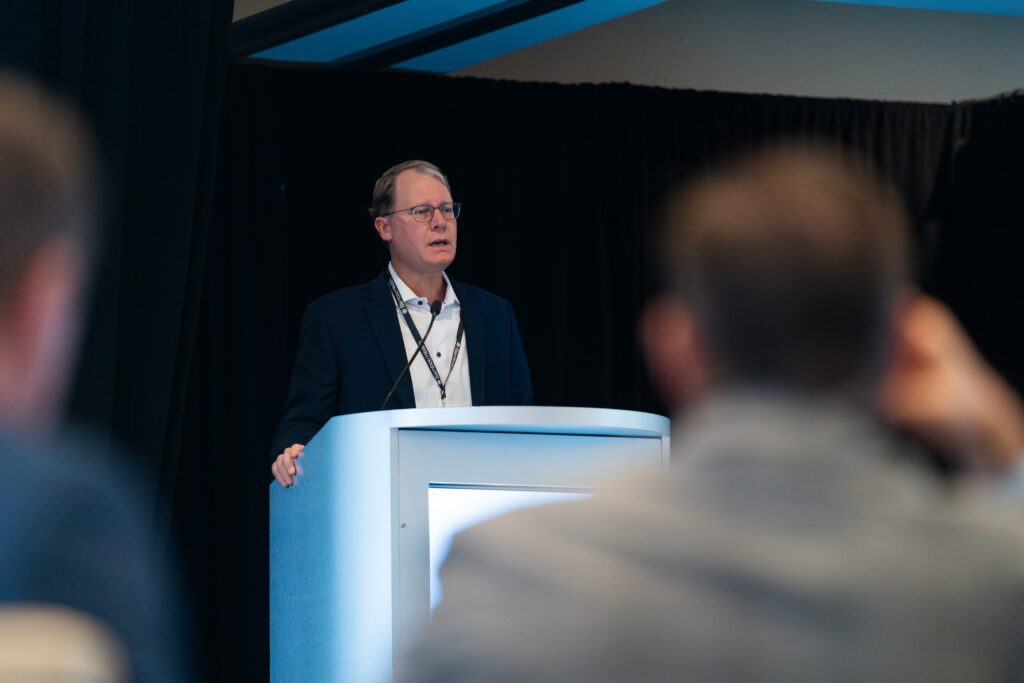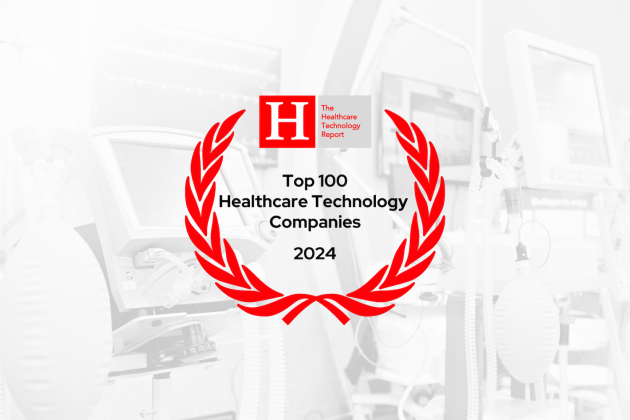The healthcare industry is evolving to enhance whole-person healthcare. From keeping up with rising costs related to avoidable complications and unnecessary hospital readmissions (costing $45 billion annually) to changes in clinical and financial protocols for value-based care arrangements, healthcare organizations are innovating rapidly to keep pace.
To help leaders stay ahead of these shifts and encourage shared discussions, Bamboo Health invited clients and partners to its annual event series, The Grove Leadership Summit, which took place in September in Dallas and Philadelphia. Regional hospital and health plan leadership, care coordinators, pharmacists, government lobbyists and state health administrators gathered with Bamboo Health leadership to share knowledge, workflow use cases and camaraderie to fuel the long, shared path toward improving patient outcomes.
In case you missed us this year, check out the top five insights discussed at The Grove that may be impacting your operations:
- Innovative and high-performing organizations are focusing on post-acute and high-need, high-cost individuals: The number of million-dollar healthcare claimants, such as those with physical and behavioral health challenges, has risen 45% in recent years across the nation. When you consider this and the fact that post-acute care providers are highly variable in cost and quality and can account for 75% of the variation in Medicare spending, healthcare leaders are urgently seeking ways to reduce costs while improving outcomes. One example of this is recent changes to risk-adjustment rules to better focus on those with depression.
- Healthcare and labor costs continue to rise: The costs of hospital and related services are 2x higher than overall healthcare expenditures, and $45 billion is wasted annually on avoidable complications and unnecessary hospital readmissions. At the same time, hospitals’ labor costs increased by more than $42.5 billion between 2021 and 2023 to a total of $839 billion, accounting for nearly 60% of the average hospital’s expenses. In the face of these costs, this is a prime environment to leverage patient engagement software and advanced analytics to ensure that team members are engaged at the top of their license so they can focus on taking life-improving actions instead of being hindered by resource constraints.
- Healthcare leaders have a significant opportunity to drive improved quality, appropriate revenue, total cost of care and patient/provider satisfaction: All of these goals are interconnected and start at the first point of care. We see common trends across individual care journeys. Too often, an individual presenting at the emergency department (ED) with health complications due to substance use disorder risks getting lost in traditional care cycles: they may receive immediate care, but it may not be the most appropriate or most likely to improve long-term health and ultimately reduce healthcare utilization overall. With patient event alerting technology across both physical and behavioral healthcare, individuals have greater potential to engage with several touchpoints along the healthcare continuum. This results in getting connected to care navigators utilizing real-time technology solutions to seamlessly connect to the next site of care.
- Justice-involved care remains a costly gap: The U.S. has an annual incarceration rate of two million individuals, half or more of which are estimated to have some form of mental illness. This represents over one million individuals in need of greater healthcare support, hundreds of thousands of which are unconvicted or still presumed legally innocent. The problem only grows graver when you consider the suicide rate among people detained pretrial is three times higher than that of incarcerated people who have been convicted of a crime and ten times higher than that of the general population. To turn the tide on this often-overlooked area of mental health and suicide risk, there is an opportunity to improve healthcare alerting and post-arrest crisis response.
- Patients need more timely follow-up care for improved outcomes, and healthcare organizations need a bolstered workforce to sustain efforts: Improving follow-up care remains a challenge for two core reasons: a lack of timely data about patient events and a lack of workforce bandwidth to handle increased care coordination tasks. Organizations looking to improve this challenge have begun sharing workloads with external care navigators, an opportunity to reduce care gaps and costs simultaneously.
At this year’s The Grove events, we were proud to collaborate with healthcare leaders and innovators across the country, exchanging insights and practical solutions to tackle healthcare challenges. Together, we look forward to overcoming today’s challenges and creating lasting, life-improving solutions for tomorrow.
To learn more about collaboration opportunities, contact us.



